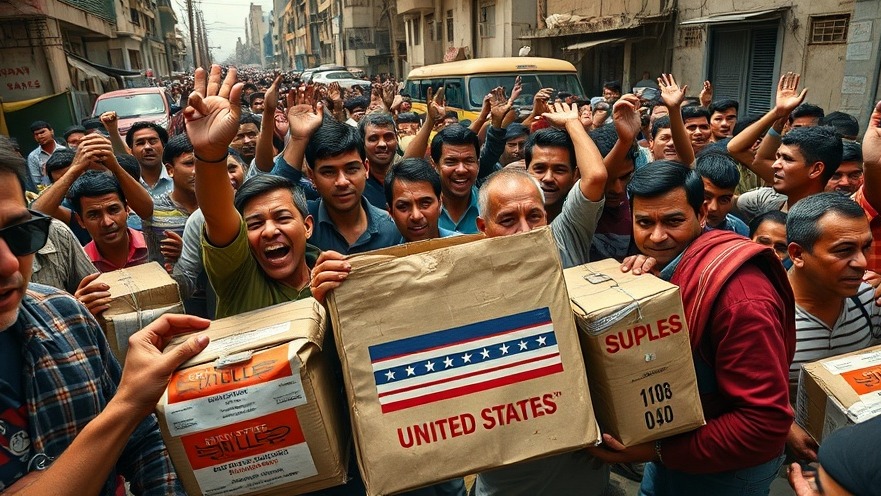
The Current Humanitarian Crisis in Gaza
The ongoing humanitarian crisis in the Gaza Strip has escalated to alarming levels, with humanitarian aid becoming a lifeline for thousands. As conflicts rage and infrastructure collapses, many residents face the grim reality of food shortages, medical emergencies, and displacement. Despite international efforts to deliver aid through airlifts, logistical challenges and violence continue to hinder relief efforts, resulting in dire consequences for civilians caught in the crossfire.
The video Humanitarian Aid Airdropped Into Gaza Strip As Famine Continues For Thousands presents an interesting take on the humanitarian efforts in Gaza, and we’re breaking down its key ideas while adding our own perspective.
Understanding the Importance of Humanitarian Aid
Humanitarian aid serves as a critical instrument for survival during crises like those experienced in Gaza. It not only provides essential food supplies and medical assistance, but also supports basic human dignity by allowing civilians access to vital resources during emergencies. Organizations like the UN and various NGOs mobilize quickly to provide relief, yet the overwhelming needs often outstrip available resources. The significance of these aid operations cannot be overstated; they save lives, provide hope, and forge paths towards stability amidst chaos.
The Broader Context of U.S. Foreign Relations
The humanitarian situation in Gaza is not an isolated event; it is intertwined with larger geopolitical dynamics that frequently impact U.S. foreign relations. As global actors play their roles in the Israeli-Palestinian conflict, the United States finds itself at a pivotal junction. Decisions made in Washington regarding aid and diplomatic relations resonate far across the Atlantic, influencing the contours of political alliances and international law. In this complex web of relationships, the narratives surrounding humanitarian aid are critical, impacting public opinion and media coverage in America today.
Future Predictions for Gaza and Its People
The future of Gaza remains uncertain as the humanitarian crisis evolves. Analysts predict that without sustained international support and a commitment to peace negotiations, the suffering of civilians may worsen, leading to further destabilization in the region. Attention to the situation must be maintained, ensuring that humanitarian responses adapt to the changing realities on the ground. In the absence of peace, the implications for both local populations and international stability could be profound.
The Role of American and International Media
To fully grasp the significance of ongoing humanitarian crises, a well-informed public is essential. American media outlets play a crucial role in amplifying voices from affected regions, fostering exposure and discussion that can spur governmental and non-governmental action. Coverage of humanitarian aid efforts in Gaza can raise awareness, impact politics at home, and influence funding decisions that determine the scale of international assistance.
Actionable Insights for Individuals and Communities
As individuals looking to contribute positively to the humanitarian causes around the world, there are numerous ways to take action: supporting reputable organizations with donations, advocating for policy changes, and raising awareness through social media platforms. Local communities can host fundraising or educational events to promote understanding of international crises and highlight opportunities for collective action. Every small effort counts toward mitigating suffering and improving conditions for those in need.
The video Humanitarian Aid Airdropped Into Gaza Strip As Famine Continues For Thousands sheds light on a critical and urgent topic, emphasizing the human component of geopolitical conflicts. As we analyze these key insights, it is crucial to reflect on the importance of humanitarian aid and our role in advocating for those in need.
 Add Element
Add Element  Add Row
Add Row 



Write A Comment